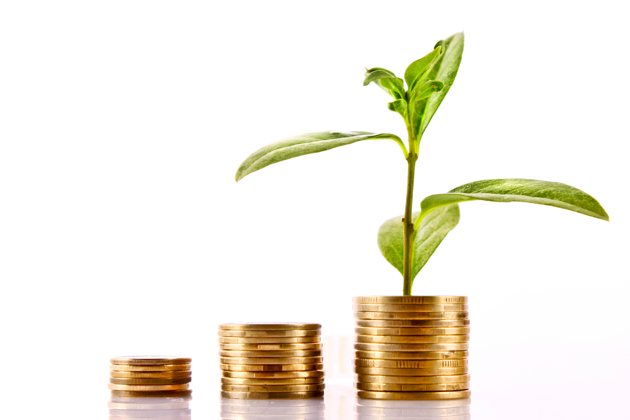While many of us would love to be able to buy absolutely everything organic and from the local farmers, for the majority of the population that just isn’t possible, especially in the dead of winter. For some people the cost of trying to feed a family on all organic foods is too expensive, or you may just not have great access to farmers markets or a grocery store that has good organic options.
I understand that some people feel very strongly that you should be investing in the food you put in your bodies and everything you eat should be organic and locally grown. While for the most part I do believe that, and I think it is pretty easy and affordable to buy all organic for a single person or a couple, when we are talking about feeding an entire family of say 5, I can understand how the price could begin to become an issue.
You Don't Need To Go All Organic
Obviously the more you buy organic the better, but there are some foods that you don’t necessarily need to buy organic and some other foods you should never not buy organic. If you have a good understanding on where the majority of the produce you buy lies on the food safety scale, it will be much easier to make good, educated, choices when food shopping without making you break the bank with an entirely organic food cart.
Saving Cash Is Easier Than You Think
Next time you go to the super market, try bringing the two lists below and see if you can stick to buying all organic dirty dozen foods, and make your own decision on the clean 15 foods.
Dirty Dozen – Buy These Organic
Apples, Celery, Strawberries, Peaches, Spinach, Nectarines, Grapes, Sweet Bell Peppers, Potatoes, Blueberries, Lettuce, Kale/Collard Greens.
Clean Fifteen – Make Your Own Decision
Onions, Corn, Pineapples, Avocado, Asparagus, Sweet Peas, Mangos, Eggplant, Cantaloupe, Kiwi, Cabbage, Watermelon, Sweet Potatoes, Grapefruit, Mushrooms.
Also, it is good to note that these two lists determine the cleanliness and safety of the food based solely on levels of pesticides. They have not taken any consideration into GMO’s or the somewhat controversial labeling system the USDA seems to have.
Another Rule Of Thumb
For all other foods you may buy that are off of the list I tend to follow this mentality. If it is a green leafy vegetable, a fruit or vegetable with a thin skin (excluding tomatoes) that will be consumed, or a porous piece of fruit (excluding raspberries) I will always buy it organic. However, if the vegetable or fruit has a tough, thick, outer shell or skin that will not be consumed I usually will be more apt to buy the non-organic version.
USDA Organic:
In 2000, after a 10-year development process, the U.S. Department of Agriculture (USDA) rolled out its rules covering use of the word “organic” on foods. The USDA accredits independent certifiers, who then check the claims of producers. The system has three levels:
- “100% Organic”: Can only contain organic ingredients, meaning no antibiotics, hormones, genetic engineering, radiation or synthetic pesticides or fertilizers can be used. Can display the USDA organic logo and/or the specific certifying agent’s logo.
- “Organic”: Contains 95% organic ingredients, with the balance coming from ingredients on the approved National List. These products can also display the USDA organic logo and/or the certifier’s logo.
- “Made with Organic Ingredients”: Must be made with at least 70% organic ingredients, three of which must be listed on the package, and the balance must be on the National List. These products may display the certifier’s logo but not the USDA organic logo.
So next time you are out shopping keep this information in mind. Eating organic does not have to feel daunting and overwhelming. With “The Dirty Dozen” and the “Clean Fifteen” lists in hand, you are already off to a great start of making your food choices a whole lot healthier.


